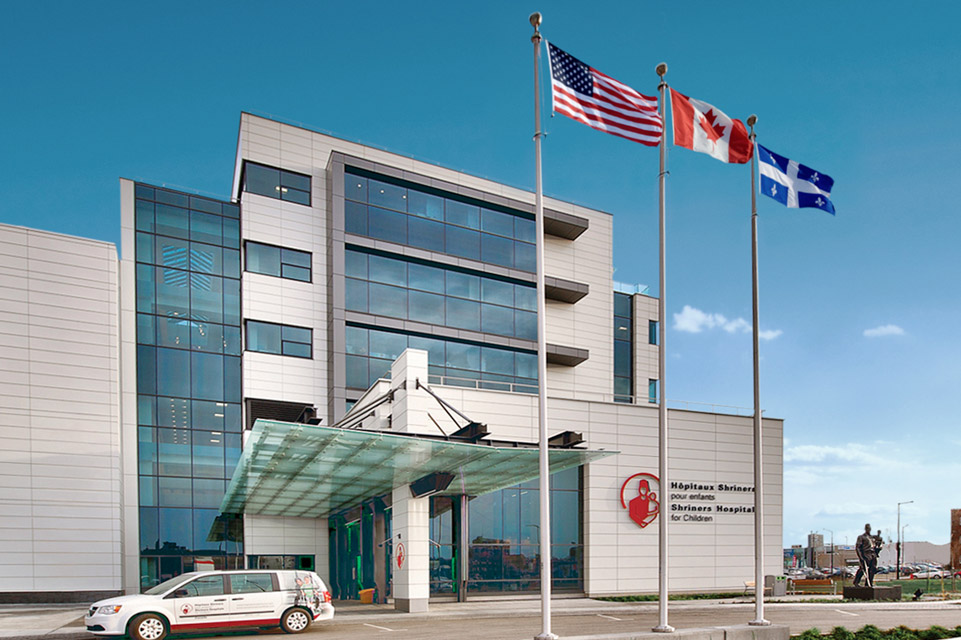Osteogenesis Imperfecta or Brittle Bone Disease
Osteogenesis imperfecta affects between 25,000 and 50,000 people in the U.S.
Commonly referred to as brittle bone disease, osteogenesis imperfecta (OI) is a rare, permanent genetic disorder that prevents the building of strong bones. Children with the disorder have bones that break easily and they may have deformed bones. OI can also result in fragile teeth, spine curvatures, hearing loss and weak muscles. Shriners Children’s is on the leading edge of OI research and actively working towards innovative treatment options to help children with OI.
OI is linked to a number of health challenges and is known for causing low bone density and fragile bones. Scraped knees go hand-in-hand with childhood, but children with OI are at significantly higher risk for breaking bones. OI symptoms and secondary, related conditions can impact growth, development, learning, self-esteem and confidence. Shriners Children’s delivers compassionate, family-centered care aligned with each individual child's physical, emotional and psychological health care needs.
Here you can learn more about osteogenesis imperfecta and the treatment options that are available.
Specific treatments and services may vary by location. Please contact a specific location for more information.
What Causes Osteogenesis Imperfecta?
The cause of osteogenesis imperfecta can be traced back to genetics; more specifically, a gene defect that influences collagen production. Collagen is a protein that is vital to healthy bone development. With OI, the body either doesn't produce enough collagen, or the collagen that is produced doesn't work properly. Most children with OI inherit the gene defect from one or both parents, but this isn't always the case. Sometimes, the gene simply stops working properly after conception.
Types of Osteogenesis Imperfecta
Osteogenesis imperfecta treatment is highly individualized, dictated by the type and severity of each case. Shriners Children’s closely evaluates each and every patient to formulate a treatment plan for their particular needs. This of course, all begins with the proper diagnosis.
There are four main types of OI treated at Shriners Children’s:
- Type I: The most prevalent type of brittle bone disease, OI Type I results in mild bone fragility and causes some children to have a smaller stature. It isn't uncommon for infants with this type of OI to fracture a bone while learning to walk. Many children also experience easy bruising and some degree of hearing loss.
- Type II: This kind of OI, triggered by a dominant gene mutation, is one of the most severe. Many newborns with OI Type II have a small chest, soft skull and short limbs, as well as legs that take on frog-like positioning. Respiratory difficulties are also common, making it a life-threatening condition for many.
- Type III: Infants with OI Type III are typically born having already experienced fractures in utero. A shorter stature, curved spine, rounded rib cage and other bone conditions are characteristic of Type III OI.
- Type IV: This moderate type of brittle bone disease is associated with smaller stature and can be diagnosed early in life or in later childhood. Many children experience frequent fractures beginning in infancy, while they tend to decrease after adolescence.
Treatment and Management Approaches
Osteogenesis imperfecta is a complicated condition. Though there is not a cure for OI, there are multiple methods to help manage the symptoms of the disorder. With proper health care management and risk avoidance, children and adults with OI can lead independent and fulfilling lives. The severity and type of brittle bone disease determines the level of care and care management plan.
At Shriners Children’s, an interdisciplinary team of OI specialists will care for your child. The team may include orthopedic surgeons, physicians, endocrinologists, neurologists, rehabilitation therapists, pulmonologists and more.
Prescription medication to increase bone density is a standard treatment for children with OI. Additional care and treatment may include ongoing fracture care, surgery, physical therapy and transitional care skills training:
Fracture care: Bracing, splinting and casting can help prevent new breaks of fragile bones or heal broken bones.
Surgery: Depending on the child, surgery may help in addressing bone repair and stabilization.
Physical therapy: The goal of physical therapy is to improve muscle function and promote independent motor skills.
Self-management skills: Shriners Children's uses technology to teach OI-specific self-management skills and transitional care skills to children of all ages. It's a way to empower children to live a life that isn't controlled by their OI.
I have broken my bones almost 200 times, but I didn’t let that stop me! I love to bike ride, climb, race, and I’m learning how to stand and walk.

Fracture Care
Innovative Treatments
View All Related Locations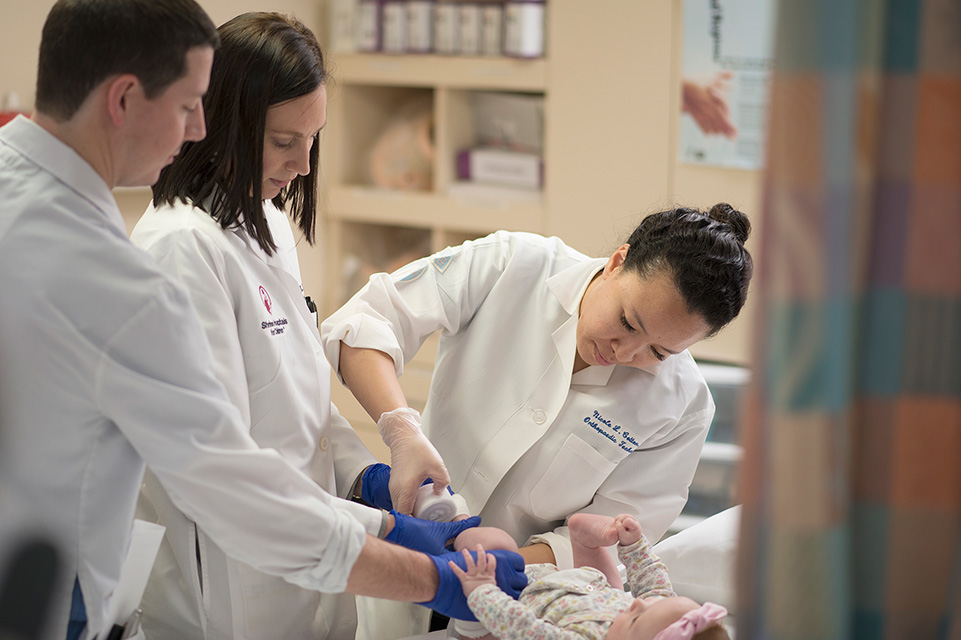
Bracing

Splinting

Prosthetics and Orthotics

Orthopedic Surgery
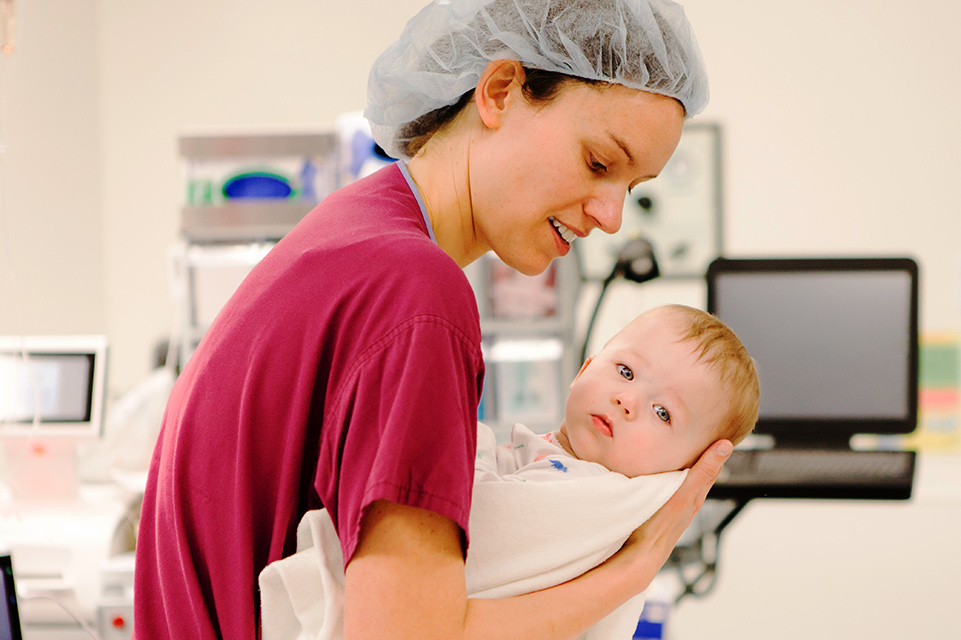
Physical Therapy
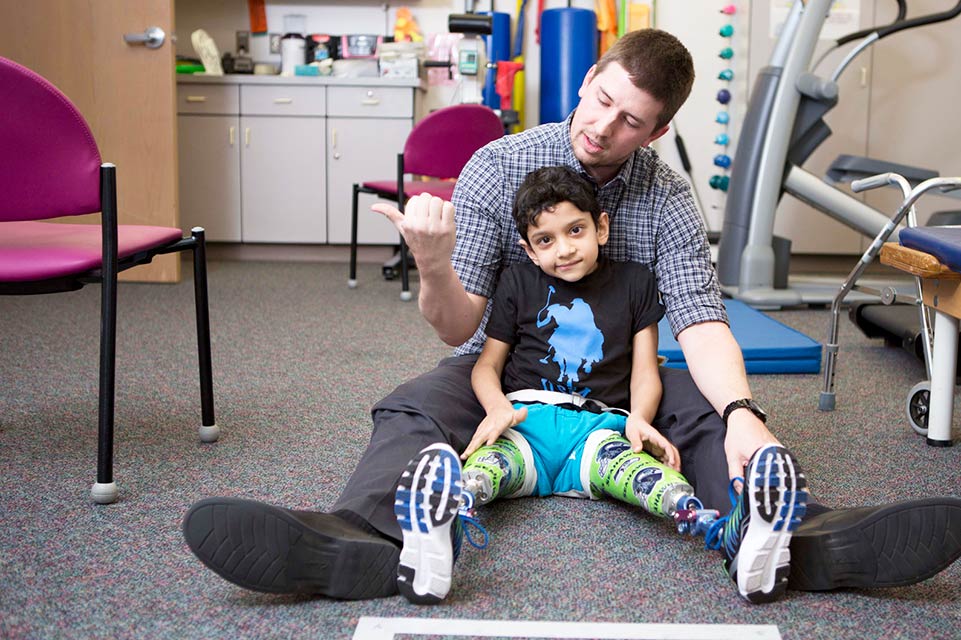
Occupational Therapy
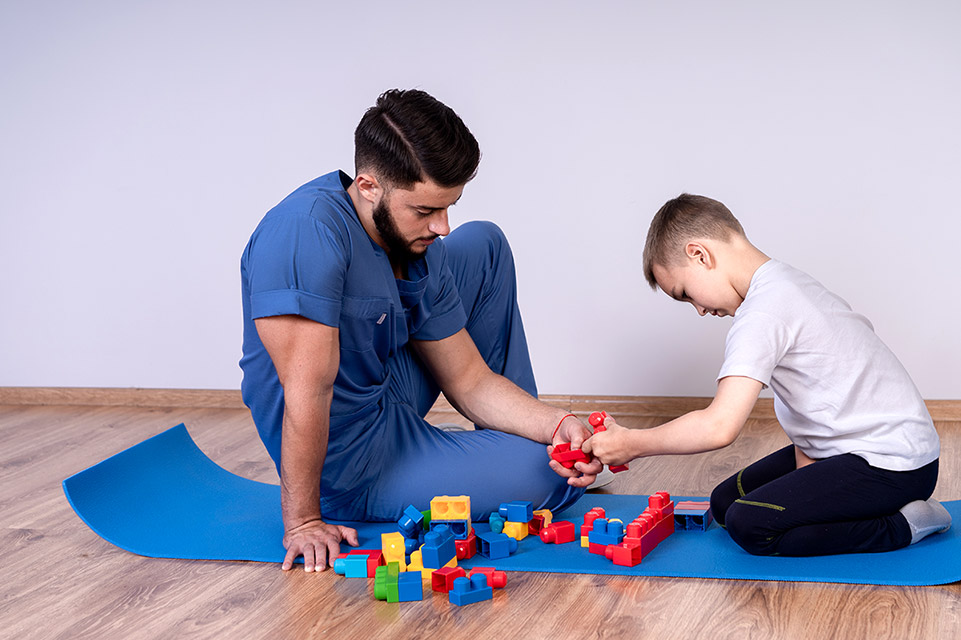
Related Conditions
Related Services
- Care Management
- Child Life Services
- Dental Radiology
- Dentistry
- Hearing Services
- Psychiatry & Psychological Services
- Radiology and Imaging


